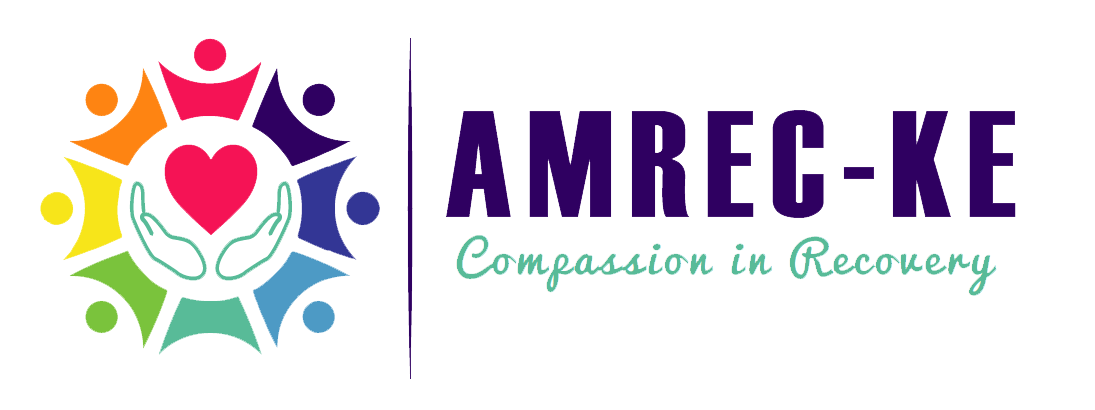
Addictive substances known as inhalants are delivered to the body’s respiratory system. In other words, they are “snuffed” through the nose or inhaled through the mouth. Numerous breathing compounds that have the ability to affect consciousness are known as inhalants.
Spray paints, markers, glue, and cleaning supplies are just a few examples of the items that may be easily bought and found around the home or office. Inhalants frequently contain various compounds that have psychoactive side effects like hallucinations and disorientation because they are typically agents that are used to clean or paint.
The inhalants in this family of drugs have the quickest onset of effect. They immediately enter the bloodstream after being introduced into the body. One of the main factors contributing to the widespread abuse of inhalants is their “fast action.”

Types of Inhalant Drugs
Usually via sniffing, snorting, huffing, or bagging, inhalants are substances that are taken by mouth or nose. People frequently try to prolong these effects by repeatedly using inhalants for several hours, despite the short-lived high they produce. Here are some examples of typical inhalant drugs.
There are four types of inhalant drugs. They include:
a.) Volatile solvents (paint thinners and glues): These substances are usually unstable at normal room temperature, so they get easily converted to gaseous forms and then inhaled; liquids that turn into gas at room temperatures.
These include:
- Paint thinners or removers
- Dry-cleaning fluids
- Degreasers
- Gasoline
- Lighter fluid
- White-out or other correction liquids
- Marker fluid
- Contact cleaner for electronics
- Glue
Aerosol sprays: are sprays that contain propellants and solvents.
These include:
- Spray paints
- Hair sprays
- Deodorant sprays
- Fabric protector sprays and cleaners
- Aerosol cleaning products for computers
- Vegetable oil sprays
Gases: Nitrous oxide is the most abused of these gases and can be found in whipped cream dispensers and products that boost octane levels in racing cars. Other households or commercial products containing gases include butane lighters, propane tanks, and refrigerants.
These include:
- Butane lighters
- Propane tanks
- Whipped cream aerosols or dispensers (whippets)
- Cooling system fluids
- Ether
- Chloroform
- Halothane
- Nitrous oxide
Helium nitrites: Unlike most other inhalants, which act directly on the central nervous system (CNS), nitrites act primarily to dilate blood vessels and relax the muscles. While other inhalants are used to alter mood, nitrites are used primarily as sexual enhancers.
These include room deodorizers and leather cleaners.
- Video and audio head cleaner
- Air fresheners (like Febreze or Glaze)
- Leather cleaner
- Liquid aroma
- Amyl nitrite
- Butyl nitrite Cyclohexyl nitrite
NB//: It should be said that most of these inhalants have a depressive effect on the central nervous system except for the nitrites, also called laughing gas.

Signs and symptoms of abuse
Inhalant abusers may show such signs as:
- Chemical odors on the breath or clothes.
- Paint or other stains on hands, fingers, or clothes.
- Changes in behavior including apathy (lack of interest).
- Significant decrease in appetite and weight loss.
- Sudden change in friends and hobbies.
- The rapid decline in school performance.
- Poor hygiene and grooming habits.
- Slurred speech.
- Runny nose or nosebleeds.
- Tiredness.
- Ulcers or irritation around the nose and mouth.
- Confusion.
- Poor concentration.
- Depression.
- Irritability.
- Hostility.
- Paranoia.

Effects of Inhalants
Short term effects
Most inhalants affect the central nervous system and slow down brain activity. Short-term effects are similar to alcohol
- Slurred speech
- Disorientation and confusion
- Headache
- Lack of coordination
- Dizziness
- Euphoria
- Hallucinations
- Delusions
- arrhythmia, convulsion, coma, or even death by sudden sniffing death syndrome, asphyxiation, or suffocation.
Long term effects
- Liver and kidney damage
- Hearing loss
- Bone marrow damage
- Inhibited behavioral development (especially in children)
- Brain damage (from repeated lack of oxygen to the brain)
- Loss of coordination
- Limb spasms and twitching (caused by nerve damage)
- Loss of coordination and limb spasms (from nerve damage)
- Delayed behavioral development (from brain problems)
- Neurological impairments and disorders (e.g., dementia), and damage to internal organs like the heart, kidney, lungs, and liver.

Withdrawal symptoms
Giving up inhalants after using them for a long time is challenging because the body has to get used to functioning without them. Withdrawal symptoms usually start 24-48 hours after the last use and may last for 2 to 5 days.
These symptoms can include:
- hangover
- headache, nausea, and stomach pain
- tiredness, shakiness, tremors
- cramps
- hallucinations and visual disorders, such as seeing spots.
Getting Help

Follow us on our social media handles
References
Different Types of Inhalant Drugs – Banyan Treatment Center Pompano. (2021, June 21). Banyan Treatment Center. https://www.banyantreatmentcenter.com/2021/06/21/different-inhalant-drugs-pompano/
Abuse, N. I. on D. (2011, February). What are inhalants? National Institute on Drug Abuse. https://nida.nih.gov/publications/research-reports/inhalants/what-are-inhalants
National Institute on Drug Abuse. (2020, April 16). Inhalants DrugFacts. National Institute on Drug Abuse. https://nida.nih.gov/publications/drugfacts/inhalants
Alcohol and Drug Foundation. (2015, December 31). ADF – Drug Facts – Inhalants. ADF – Alcohol & Drug Foundation. https://adf.org.au/drug-facts/inhalants/
Inhalant Abuse: Signs, Symptoms & Treatment. (n.d.). Cleveland Clinic. https://my.clevelandclinic.org/health/diseases/15742-inhalant-abuse
By Lemu Wanjiku
Counselling Psychologist
AMREC Kenya

